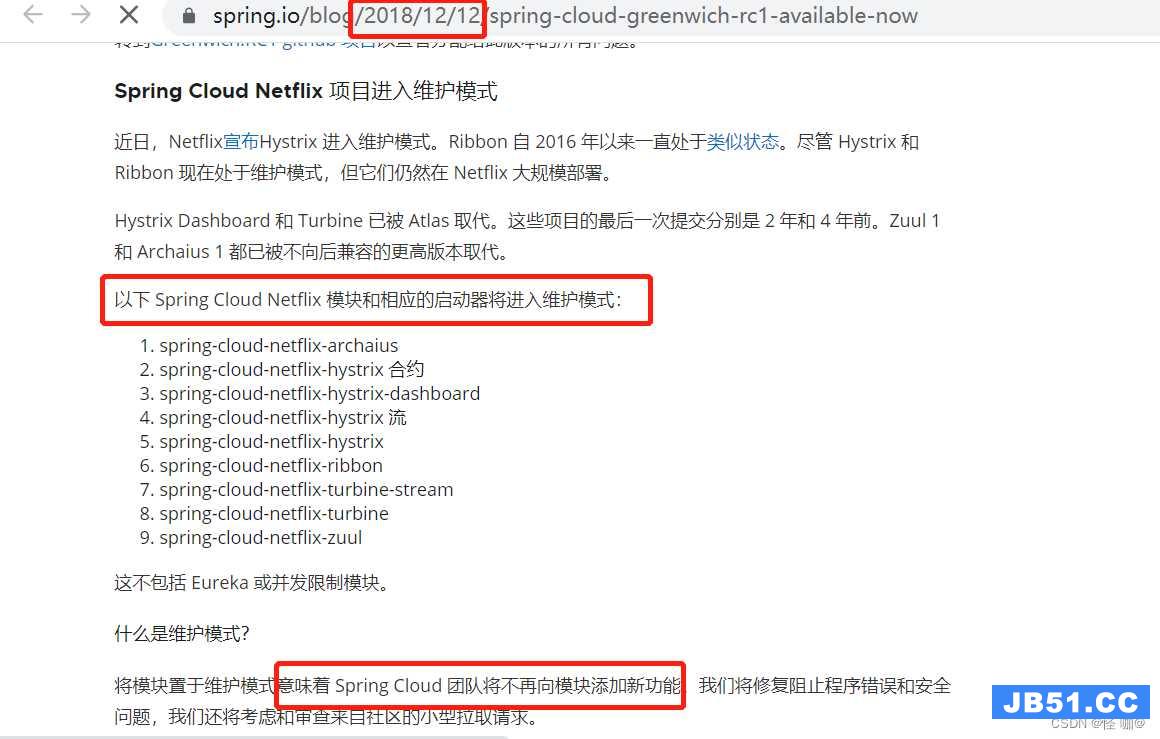IOC
1. IOC理论推导
-
UserDao 接口
package com.wang.dao; public interface UserDao { void getUser(); } -
UserDaoImpl 实现类
package com.wang.dao; public class UserDaoImpl implements UserDao{ @Override public void getUser() { System.out.println("默认获取用户的数据"); } }package com.wang.dao; public class UserDaoMysqLImpl implements UserDao{ @Override public void getUser() { System.out.println("MysqL获取用户数据!"); } }package com.wang.dao; public class UserDaoOrcaleImpl implements UserDao{ @Override public void getUser() { System.out.println("Orcale获取用户数据!"); } } -
UserService 业务接口
package com.wang.service; public interface UserService { void getUser(); } -
UserServiceImpl 业务实现类
package com.wang.service; import com.wang.dao.UserDao; import com.wang.dao.UserDaoImpl; import com.wang.dao.UserDaoMysqLImpl; import com.wang.dao.UserDaoOrcaleImpl; public class UserServiceImpl implements UserService{ private UserDao userDao; //利用Set进行动态实现值的注入 public void setUserDao(UserDao userDao) { this.userDao = userDao; } @Override public void getUser() { userDao.getUser(); } } -
测试
import com.wang.dao.UserDaoImpl; import com.wang.dao.UserDaoMysqLImpl; import com.wang.dao.UserDaoOrcaleImpl; import com.wang.service.UserServiceImpl; import org.junit.Test; public class MyTest { @Test public void test() { //用户实际调用的是业务层,dao层他们不需要接触! UserServiceImpl userService = new UserServiceImpl(); userService.setUserDao(new UserDaoMysqLImpl()); userService.getUser(); userService.setUserDao(new UserDaoOrcaleImpl()); userService.getUser(); userService.setUserDao(new UserDaoImpl()); userService.getUser(); } }
在我们之前的业务中,用户的需求可能会影响我们原来的代码,我们需要根据用户的需求去修改原代码!如果代码量十分大,修改一次的成本代价十分昂贵!
我们使用一个Set接口实现,已经发生了革命性的变化!
//利用Set进行动态实现值的注入
public void setUserDao(UserDao userDao) {
this.userDao = userDao;
}
- 之前程序是主动创建对象!控制权在程序员手上!
- 使用了Set注入后,程序不再具有主动性,而是变成了被动的接收对象!
这种思想从本质上解决了问题,我们程序员不再需要管理对象的创建了,系统的耦合性大大降低,可以专注在业务是实现上!这是IOC的原型!
2. IOC的本质
控制反转(inversion of control), 是一种设计思想,DI(dependency injection依赖注入)是IOC的一种方法.未使用IOC的程序中,我们使用面向对象编程,对象的创建和对象之间的依赖关系完全硬编码在程序中,对象的创建是由程序自己控制的.控制反转就是将对象的创建转移给了第三方.IOC就我认为是:获得依赖对象的方式反转了

采用XML方式配置Bean的时候,Bean的定义信息是和实现分离的,而采用注解的方式可以把两者合为一体,Bean的定义信息直接以注解的形式定义在实现类中,从而达到了零配置的目的。
控制反转是一种通过描述(XML或注解)并通过第三方去生产或获取特定对象的方式。在Spring中实现控制反转的是IoC容器,其实现方法是依赖注入(Dependency Injection,DI)。
3. HelloSpring
利用Spring输出
1. 创建实体类
package com.wang.pojo;
public class Hello {
private String str;
public String getstr() {
return str;
}
public void setStr(String str) {
this.str = str;
}
@Override
public String toString() {
return "Hello{" +
"str='" + str + '\'' +
'}';
}
}
2. 创建beans.xml配置文件
<?xml version="1.0" encoding="UTF-8"?>
<beans xmlns="http://www.springframework.org/schema/beans"
xmlns:xsi="http://www.w3.org/2001/XMLSchema-instance"
xsi:schemaLocation="http://www.springframework.org/schema/beans
https://www.springframework.org/schema/beans/spring-beans.xsd">
<!--使用Spring来创建对象,在Spring中,这些都称为Bean
Java
类型 变量名 = new 类型()
Hello hello = new Hello();
Spring
id = 变量名
class = new的对象
property 相当于给对象中的属性设置一个值!
bean = 对象 ====> new Hello();
-->
<bean id="hello" class="com.wang.pojo.Hello">
<property name="str" value="Spring"/>
</bean>
</beans>
3. 代码测试
import com.wang.pojo.Hello;
import org.junit.Test;
import org.springframework.context.support.ClasspathXmlApplicationContext;
public class MyTest {
@Test
public void test() {
//获取Spring的上下文对象!
ClasspathXmlApplicationContext context = new ClasspathXmlApplicationContext("beans.xml");
//我们的对象现在都在Spring中管理了,我们要使用,直接去里面取出来就可以!
Hello hello = (Hello) context.getBean("hello");
System.out.println(hello.toString());
}
}
4. 注意
-
xml中:
使用Spring来创建对象,这些都称为Bean
Java
类型 变量名 = new 类型()
Hello hello = new Hello();
Spring
id = 变量名
class = new的对象
property 相当于给对象中的属性设置一个值!
bean = 对象 ====> new Hello(); -
使用spring
获取Spring的上下文对象: ClasspathXmlApplicationContext context = new ClasspathXmlApplicationContext("beans.xml"); -
Hello对象由Spring创建
4. 利用Spring实现IOC
1. 创建beans.xml
<?xml version="1.0" encoding="UTF-8"?>
<beans xmlns="http://www.springframework.org/schema/beans"
xmlns:xsi="http://www.w3.org/2001/XMLSchema-instance"
xsi:schemaLocation="http://www.springframework.org/schema/beans
https://www.springframework.org/schema/beans/spring-beans.xsd">
<bean id="MysqLImpl" class="com.wang.dao.UserDaoMysqLImpl"/>
<bean id="oracleImpl" class="com.wang.dao.UserDaoOracleImpl"/>
<bean id="userServiceImpl" class="com.wang.service.UserServiceImpl">
<!--
ref : 引用spring容器中创建好的对象
value : 具体的值,基本数据类型
此时用户只需要修改ref的对象,即可实现代码的修改!
-->
<property name="userDao" ref="oracleImpl"/>
</bean>
</beans>
2. 测试
import com.wang.service.UserServiceImpl;
import org.junit.Test;
import org.springframework.context.support.ClasspathXmlApplicationContext;
public class MyTest {
@Test
public void test() {
//获取ApplicationContext,拿到spring的容器
ClasspathXmlApplicationContext context = new ClasspathXmlApplicationContext("beans.xml");
//需要什么就直接get什么,getBean("")里面放在xml中的id的名字!
UserServiceImpl userServiceImpl = (UserServiceImpl) context.getBean("userServiceImpl");
userServiceImpl.getUser();
}
}
3. 注意点
-
XML中
ref : 引用spring容器中创建好的对象
value : 具体的值,基本数据类型 -
使用spring时
//需要什么就直接get什么,getBean("")里面放在xml中的id的名字! UserServiceImpl userServiceImpl = (UserServiceImpl) context.getBean("userServiceImpl");
5.IOC创建对象的方式
1. 使用无参构造创建对象,默认!
直接使用property
2. 使用有参构造创建对象(不一定要有无参构造)
使用constructor-arg index/type/name = " " value = " "
1. 下标赋值(属性的下标)
<!--下标赋值-->
<bean id="user" class="com.wang.pojo.User">
<constructor-arg index="0" value="wang sky"/>
</bean>
2. 类型(存在类型相同的风险!)
<!--通过类型创建,不建议使用!-->
<bean id="user" class="com.wang.pojo.User">
<constructor-arg type="java.lang.String" value="wang sky"/>
</bean>
3. 参数名(推荐使用!)
<!--直接通过参数名来设置-->
<bean id="user" class="com.wang.pojo.User">
<constructor-arg name="name" value="wang sky"/>
</bean>
3. 总结
在配置文件加载的时候,容器中管理的对象就已经被初始化了!




